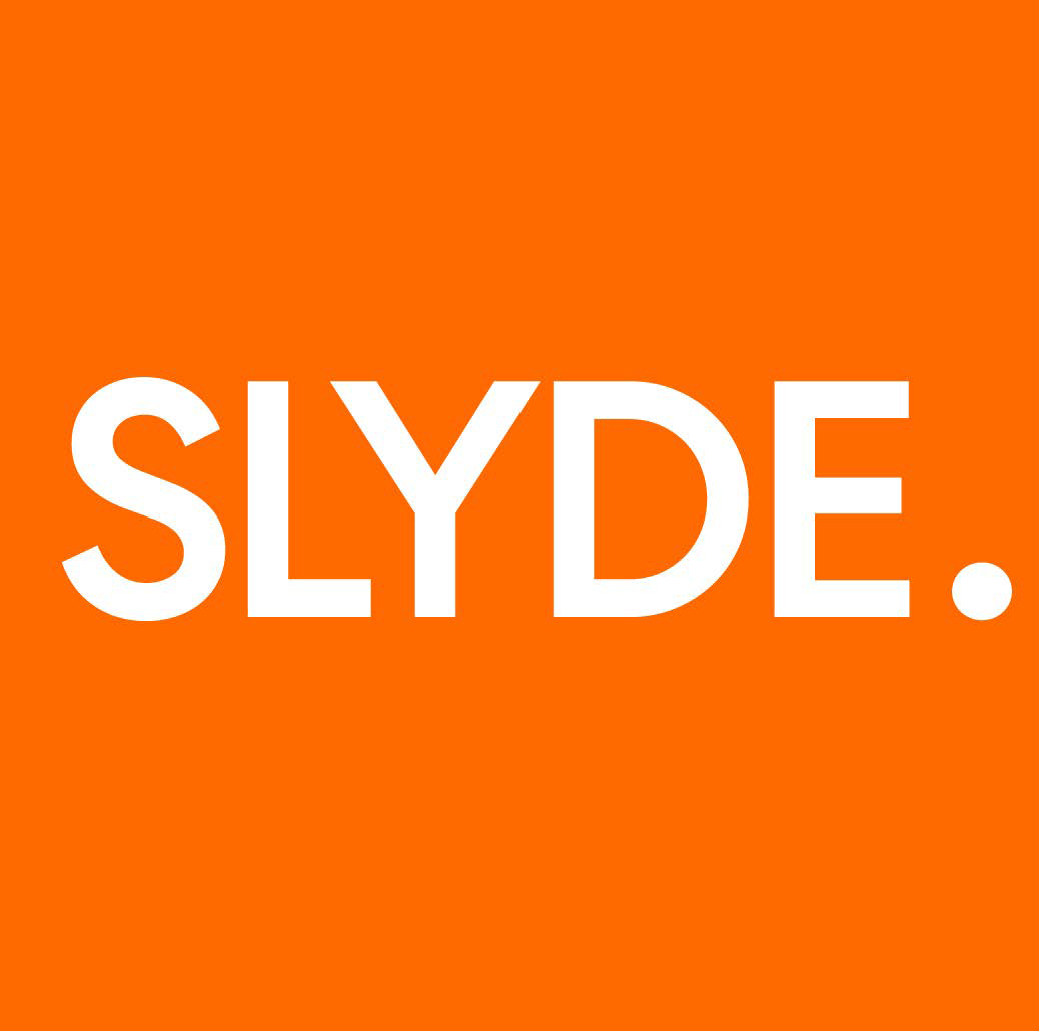The Origin of Versa
Believe it or not, the current shift to non assigned desking or "agile offices" began in 2016. Companies began to take notice that employees were only occupying spaces at 40-50% occupancy rates. When lease signing time comes there is always the question of how much space to take for future expansion (an almost impossible thing to predict), unless of course you allowed employees to seat themselves every day when they were in office and at their team leaders guidance.
This shift makes perfect financial and functional sense.
However, it's hard to strike a balance between taking away someone's dedicated desk and making them feel as if they are welcome. As you can imagine, its not necessarily warm and fuzzy to go to a gym type locker (if you even have one) and unpack at a desk that yours for just that day. In fact any items left at the desk are confiscated! Dedicated employees want to feel at home in their office, and human beings are territorial by nature. Even if it's for one day, your space is your space.
To hammer home that employees were not to "live" at any single work area, companies began to eliminate storage at desks altogether. I started to see office designs where the only storage allotted were at isolated lockers (these are typically hidden in hard to access locations). I realized that this was a recipe for disaster. Users need to establish their home for the day and secure their purses and bags (most containing very personal and private items). With only a 4' wide work surface without a place to hang a bag, the default is to place it on the floor. Can you envision an open workplace where everyone's bags and backpacks (and shoes) are scattered on the floor? The aesthetic is a very unpleasing one.
It was then that I realized that, if we could design a slim, low profile storage unit that was designed to house people's personal items and charge laptops, we would be solving a huge problem. At the same time traditional metal pedestal storage was antiquated. Peds were designed for file storage which no one used, were ugly as sin, and were way too large (15" or wider). Most designers preferred not to see them and most users thought they took up way too much space.
Simultaneously, I recognized that it did not make sense to offer people standing desks if their items remained on the floor. People were much less likely to use the stand function if their storage did not rise with them. We then took great effort into designing a storage unit, the Versa, that would mount under any desk, regardless of desk height. Finally, we knew that we needed to add a public lock options (like your gym locker) because the lock needed be reset by the user after each use, ready for a new user the next day.
After the initial brief, we refined the design. Personally, I have always felt that locks were ugly and should not be seen, thus we hid the lock in a side channel of the storage unit. Additionally, it was important that the Versa would mount flush and clean to the underside of any desk, yet each desk system had a different under desk support bar obstruction. After six months, we developed a universal mounting bracket that would allow Versa to be mounted flush to any bench or standing desk.
When we released Versa in 2017 it was ahead of its time as companies like Neocon still showed floor-based peds. It wasn't until 2018 that Versa really took off and became the industries leading under desk mounted storage solution. Now Versa is specified by the most recognizable design firms in the world, and enjoyed at world-renowned workplaces as their primary storage solution. We are very honored to have a fantastic roster of clients who consistently challenge us to innovate with new products.


